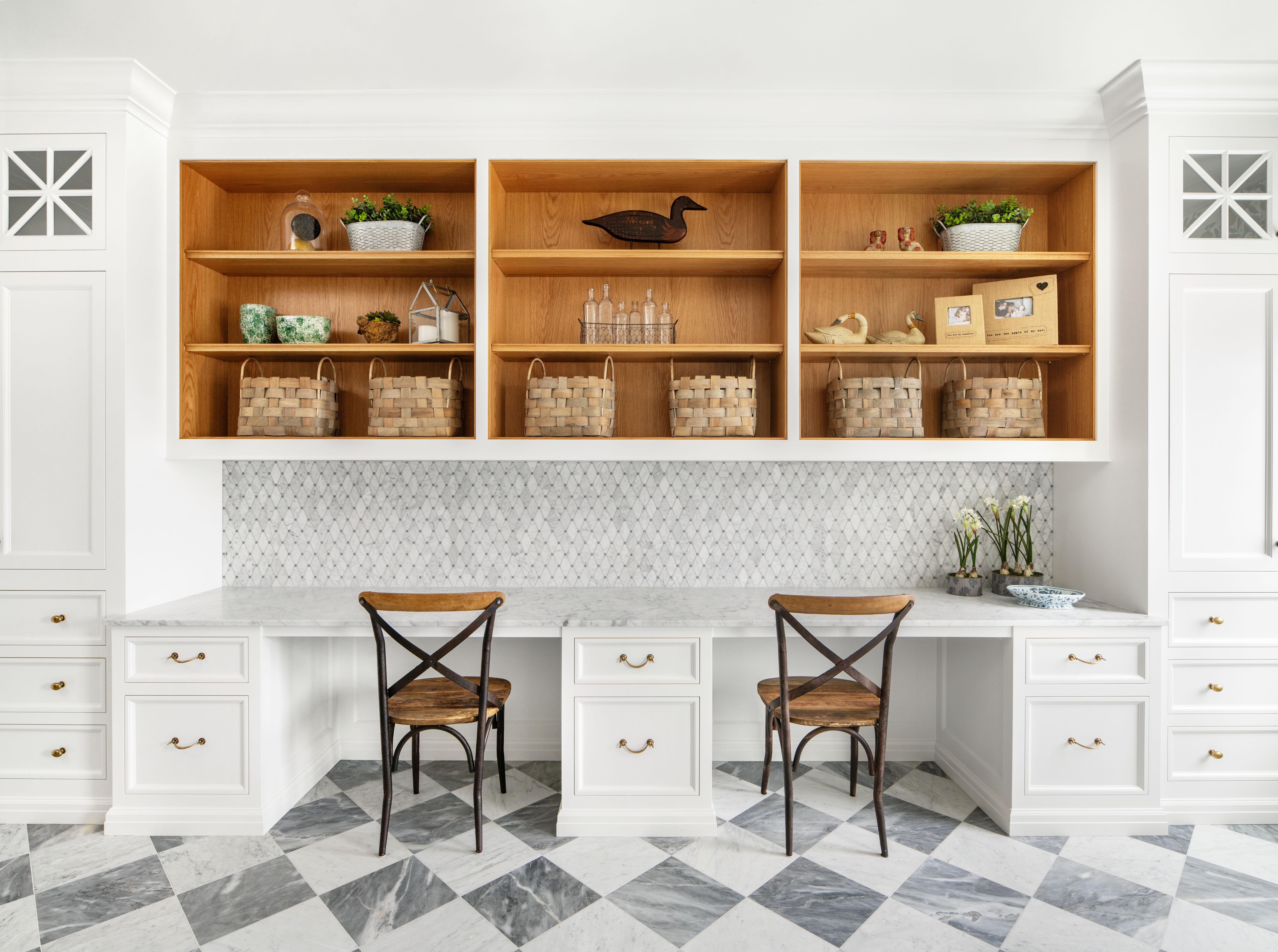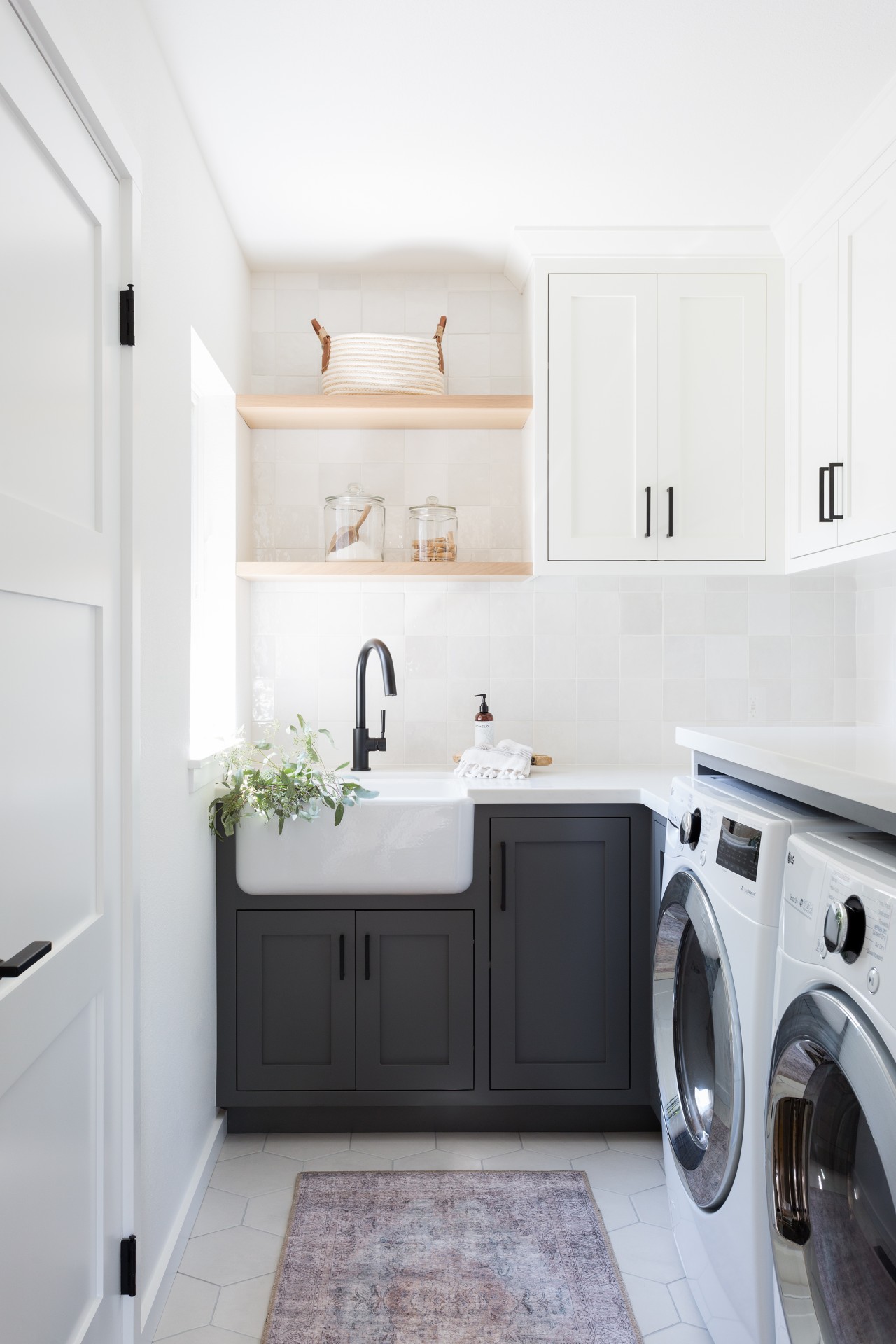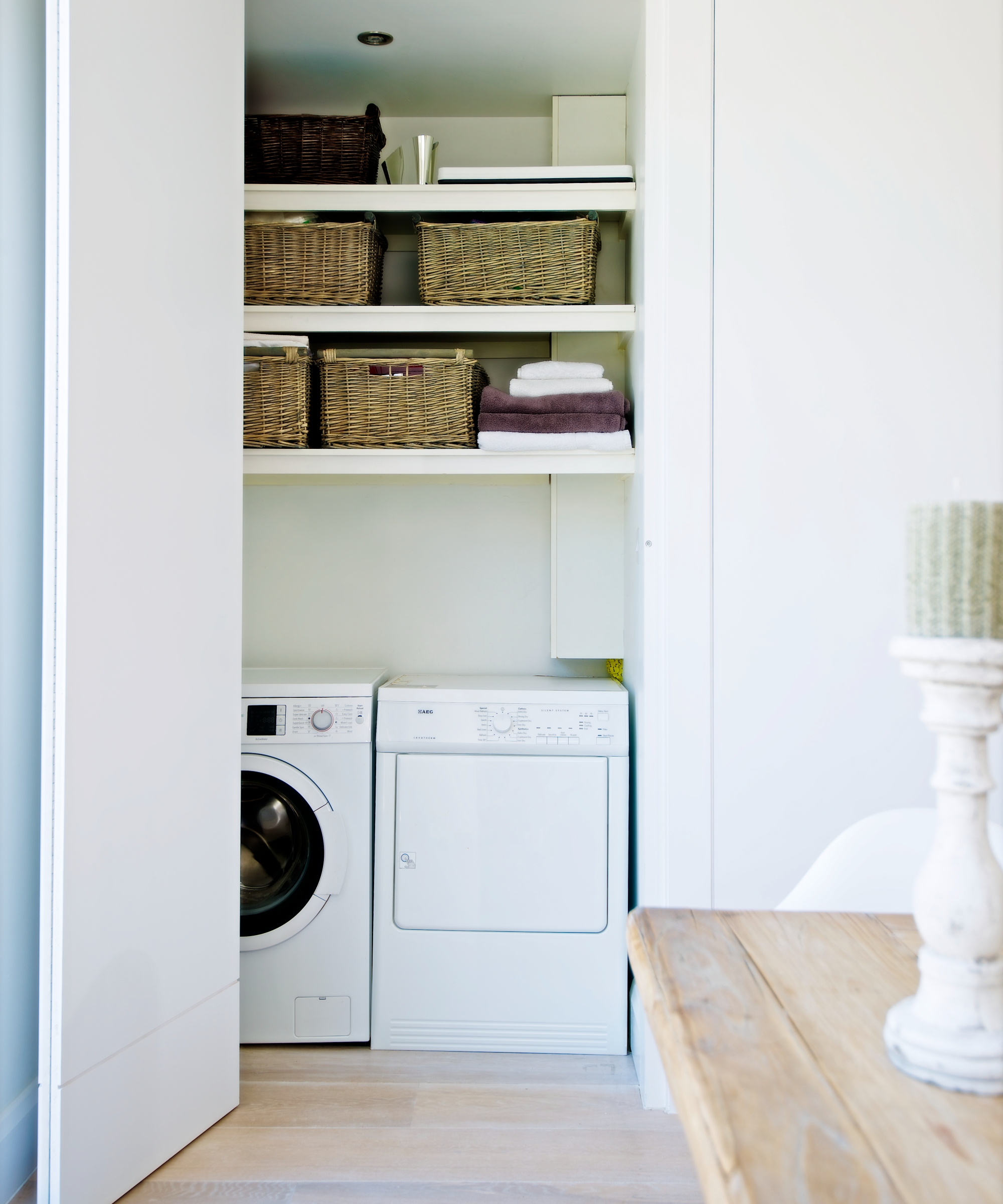I use this vinegar trick to prevent my laundry from fading – and keep it unbelievably soft
Vinegar's cleaning power is no secret, but its use in the laundry feels slightly less known – here's why I won't wash without it


Laundry is one of my least favorite jobs, but I admit that achieving fresh, soft clothes makes the process feel worth it. So, you can imagine the extent of my sadness when I would endure the chore, only to be left with faded clothes that were not as soft as I had hoped.
I had heard about using white vinegar in laundry to deodorize and brighten my clothes, but (while I do want bright whites) faded clothes were always my biggest nemesis. However, after researching vinegar's acidic qualities (which I will explore more later), I was sure that I was hopeful that I could clean with vinegar and achieve soft, colorful clothes easily.
This is what the process involved – and why vinegar is the surprising substance that your colored laundry craves.
Using vinegar to encourage softness – and prevent fading

Though I was confident in vinegar's ability, I wanted to seek encouragement from home-care experts who could reassure this laundry room idea further. 'Vinegar is used for reducing fading because it is an acidic substance [pH about 2-3],' says home improvement blogger Pulkit Damani. 'When applied to fabric, it helps to set the dye in the fabric, making it less likely to fade.'
The expert adds that the acid serves as the mordant, which encourages the fabric to absorb dye in the dye bath and consequently leaves the clothes looking bright and colorful.
With this in mind, I poured one-half cup of vinegar into my detergent dispenser (alongside my detergent). I use this one from Amazon, which is great for all cleaning purposes, but I'm sure you can use any kind that you're familiar with.
After the wash, the strong vinegar aroma disappeared, so you don't need to worry about any lingering scents.
Design expertise in your inbox – from inspiring decorating ideas and beautiful celebrity homes to practical gardening advice and shopping round-ups.

After airing my laundry (this is how I dry clothes quickly without a dryer), I will admit that I was amazed at how soft my clothes felt. And the best part? The colors looked as bright as they had before the cycle.
Pulkit had already explained how the vinegar's acid encourages the colors not to fade, but I also had to ask: what made my clothes so soft?
'Vinegar is used as a fabric softener because it is an acidic substance that can help break down the fibers in fabrics,' he says. 'Because of its acidic properties, it helps in breaking down the fibers in fabrics. This makes fabrics softer and less likely to wrinkle.'
I never fail to turn to white vinegar when washing my colors, and its softening ability is perfect for my best bedsheets, too. Will you give this trick a try?

Megan is the Head of Celebrity Style News at Homes & Gardens, where she leads the celebrity/ news team. She has a history in interior design, travel, and news journalism, having lived and worked in New York, Paris, and, currently, London. Megan has bylines in Livingetc, The Telegraph, and IRK Magazine, and has interviewed the likes of Drew Barrymore, Ayesha Curry, Michelle Keegan, and Tan France, among others. She lives in a London apartment with her antique typewriter and an eclectic espresso cup collection, and dreams of a Kelly Wearstler-designed home.